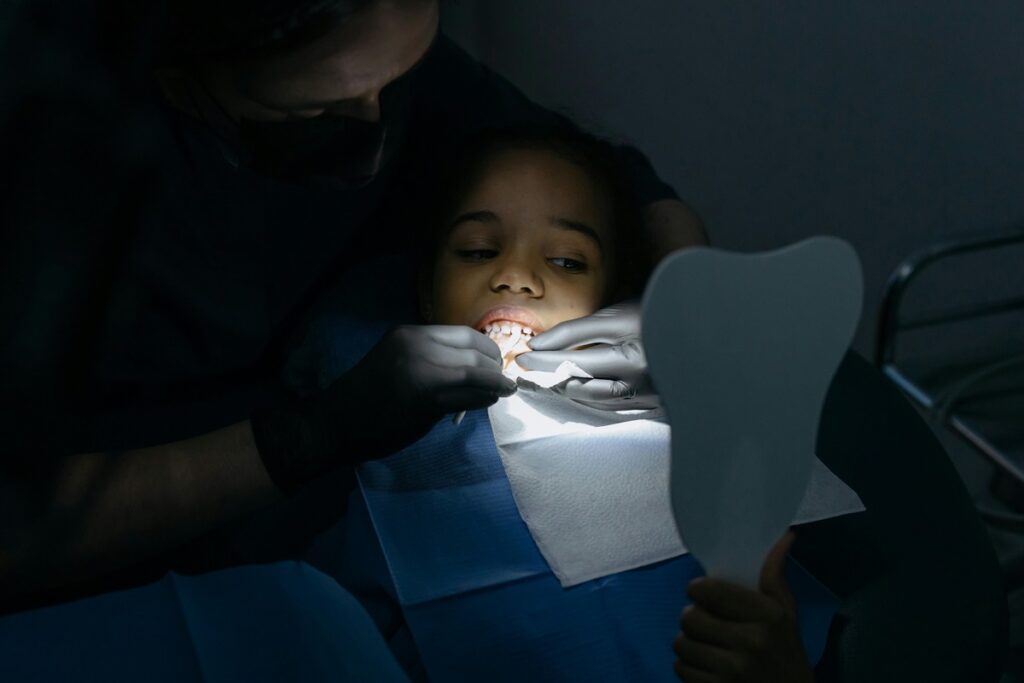Cosmetic dentistry has quickly become a lucrative sector, providing options to improve the cosmetic appearance of teeth and gums. Beyond simple dental health, this field of work concentrates on improving smiles so that patients can confidently show their teeth. Understanding the business behind cosmetic dentistry is vital as it develops, particularly for people looking for treatments for personal reasons or considering working in the profession.
The Growing Demand for Cosmetic Dentistry
Cosmetic dentistry’s popularity can be attributed to a number of things, including social media’s influence on looks and a growing emphasis on personal wellness. People are becoming more cognizant of how their smiles affect their overall appearance and, hence, their social contacts and self-esteem. With procedures including as tooth whitening, veneers, and bonding becoming more common in a world where first impressions are important, cosmetic dentistry offers a rapid way to improve one’s smile.
Furthermore, cosmetic dentistry is becoming an aesthetic choice for everyone looking to improve their smile; it is not limited to persons with specific dental issues. People are more likely to visit their local dentist for aesthetic procedures, such as repairing a chipped tooth, closing gaps between teeth, or treating uneven gums.
The Role of Technology in Cosmetic Dentistry
The expansion and development of cosmetic dentistry are much aided by technology. Cosmetic treatments have been transformed by developments, including 3D imaging, laser dentistry, and computer-aided design (CAD) technologies. These instruments let doctors provide more exact, quick, and least invasive treatments. For example, 3D imaging enables the creation of comprehensive digital models of a patient’s teeth, therefore offering a more realistic picture of how the teeth will look following treatment.
Another revolutionary advance in cosmetic dentistry is laser technology, which allows exact gum and teeth contouring with the least discomfort and faster recovery times. Similarly, CAD technology has enhanced the production of crowns, bridges, and veneers, enabling faster turnaround times and custom-made solutions that exactly meet a patient’s demands.
The Financial Aspects of Cosmetic Dentistry
Cosmetic dentistry can be a costly investment because many procedures are not covered by traditional dental insurance. Nonetheless, many patients are willing to pay out-of-pocket for treatments that significantly improve their appearance and self-esteem, despite the high cost. Dentists and patients alike should prioritize the company’s finances.
Many dental practices provide credit options, payment plans, and links with outside financing businesses, making financing options for cosmetic dentistry more accessible. This makes cosmetic dentistry more accessible to a larger range of people, allowing those who would not have been able to afford treatment upfront to benefit from better dental care.
Ethics and Patient Care in Cosmetic Dentistry
Dental practitioners must uphold the highest ethical standards and put patient care first in light of the growing popularity of cosmetic dentistry. Since cosmetic procedures are sometimes optional, dentists must evaluate if a treatment would be most beneficial for the patient and make sure the outcomes complement their objectives. In the realm of cosmetic dentistry, ethical conundrums might develop, especially when patients want procedures motivated by unrealistic expectations or that might not be advised.
Furthermore, patients have to be given precise and clear knowledge regarding the advantages and restrictions of cosmetic surgeries. Dentists should set aside time to go over every alternative and make sure patients grasp the long-term maintenance needed to preserve the outcomes. Patient education and ethical behavior will always be very important as the business expands in creating confidence and strengthening long-term bonds between patients and their cosmetic dentists.
The Future of Cosmetic Dentistry
The future of cosmetic dentistry appears bright, with continual breakthroughs in materials, procedures, and patient care. Demand for cosmetic dental procedures will keep increasing as more people give personal wellness and attractiveness top priority. New materials are being created to make operations more lasting, comfortable, and reasonably priced; innovations such as teeth whitening treatments, invisible braces, and improved cosmetic fillings are growing popular.
Moreover, the industry will keep growing since more people realize the aesthetic advantages of cosmetic dentistry. For those looking to explore cosmetic dental options, consulting with a Chicago dentist can provide insight into the latest treatments and help create a personalized plan for achieving the desired smile. The ongoing emphasis on patient comfort, safety, and pleasure will help to guarantee that cosmetic dentistry stays a vibrant and vital component of contemporary dental treatment.
Conclusion
Cosmetic dentistry is a dynamic and quickly growing area of the healthcare industry, fueled by technological breakthroughs, rising demand, and a greater emphasis on aesthetics. The business of cosmetic dentistry keeps changing as consumers search for procedures to make their smiles better; financial concerns, marketing techniques, and ethical behavior shape the sector. Maintaining success for dental professionals depends on keeping ahead of the curve in terms of business management, patient care, and technology. Cosmetic dentistry presents many chances for patients to improve their smiles, therefore enhancing their confidence and quality of life.

